
Perception
Perception
Perception is a combination of signals from sensory organs and interpretation by association neurons.
Learning Objective: Provide examples of interactions between sensory organs and the central nervous systems to form perception and test personal perceptions.
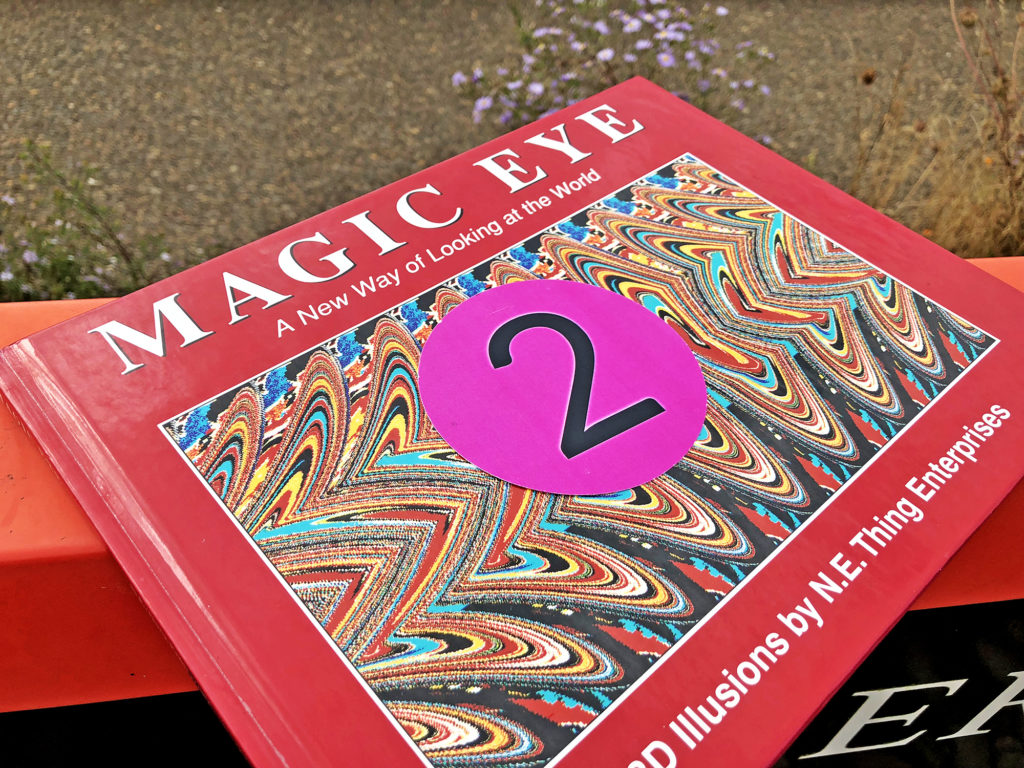
Sensory organs send information to the brain, where it is processed by passing through connected cells.
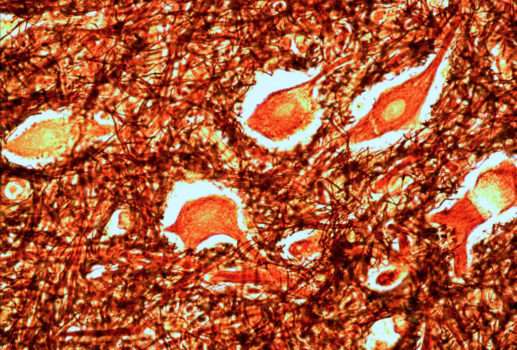
Neurons are connected nerve cells that send rapid signals from one part of the body to another. Specialized “association” neurons in the brain and spinal cord collect sensory information and send it from one cell to the next to form a perception.
A perception is a combination of sensory information and processing by association neurons in the brain.
If you like sour candy, your taste buds send the sour taste information to the brain and your brain determines whether you like that taste or not. This is your perception of the candy.
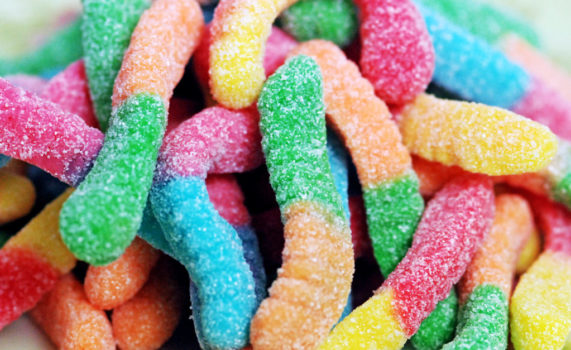
Individual animals, including humans, have variation in sensory abilities and variation in how association neurons are connected. So two individuals within a species can have different perceptions of events.
This is why, in part, you can have four people witness the same event and have four different perceptions about what happened.
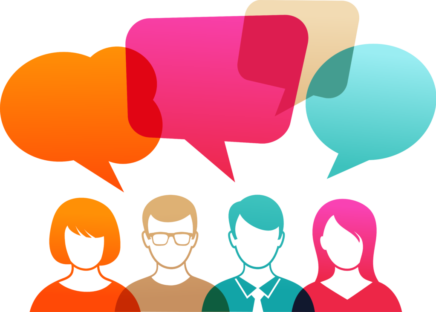
This is also why having multiple people’s perceptions about a topic can lead to a variety of ideas and solutions.
Your quiz answers, media pieces, and portfolio will have a uniqueness due to how you process information about the world.
If science is built on observation and our perceptions vary, how can we build reliable scientific knowledge?
-
Science results need to be verified, repeated by different individuals to see whether they transcend an individual’s views.
-
Science knowledge needs to be predictive. A miss-perception or incomplete perception would not yield knowledge that accurately describes or explains a natural phenomenon.
-
In some science papers, researchers mention their potential biases or limitations in order to contextualize their conclusions.
Optical illusions demonstrate how perception is the brain’s interpretation of sensory data.
Watch this video; you can select the closed captioning “cc” option if you would like to see the text.
When we observe something, we immediately start making inferences.
Observation: data gathered by the senses
Inference: an interpretation of sensory information based on prior knowledge
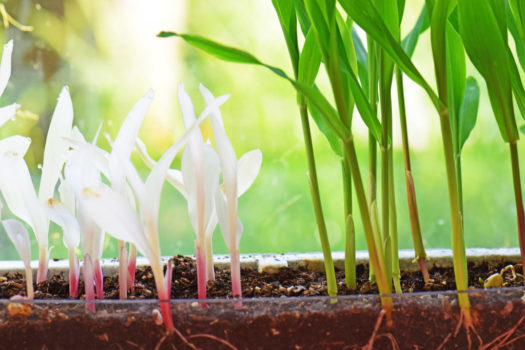
For example, you may make observations and inferences about these corn seedlings:
Visual observations:
- the plants on the left are white
- the plants on the left are shorter than the plants on the right
Inferences:
- the plants on the left are less healthy than the plants on the right
- the plants are different genetically
The white corn seedlings on the left have a mutation (difference in DNA) that makes them unable to produce the green pigments that support photosynthesis, and they will all die as soon as they run out of nutrients that were stored in the corn kernel.
Write down observations and inferences about the fish in this video.
What did you come up with?
Frequent observations:
- the fish are moving along surfaces
- the fish are in a group later in the video
Frequent inferences:
- the fish are looking for food,
- the fish are looking for food together
This group of catfsh (Genus Corydoras) often hunt for food together, as they likely are in this video.
The risk of inference is that if either your observational abilities or prior knowledge are limited, the inference may be incorrect.
For example: fruit flies are hard to see because they are small and most people do not have a lot of prior knowledge about fruit flies, other than the annoyance of having a swarm of fruit flies around rotting fruit on a kitchen counter.
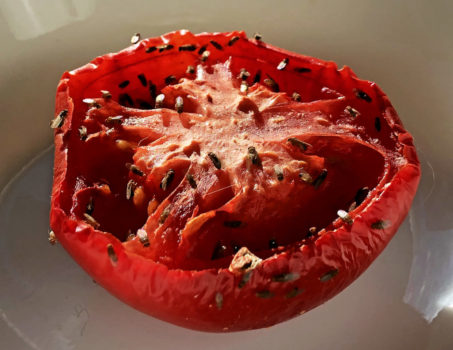
Write down observations and inferences about the fruit flies in this video (taken with a phone).
What did you come up with?
Observations may include the red color of their eyes, brown color of their body, that some were flying, some were sitting, and so on.
The inferences are where it gets really interesting. What do you think they are doing? Your brain will try to relate the observed behaviors to behaviors previously observed in other animals.
Adult fruit flies clean their wings frequently (see on the right in the video) and also communicate frequently, as seen in the group to the left.
To be able to infer in a new situation means being open to possibilities, including the possibility that a small insect like a fruit fly has social behaviors.
It is difficult to identify the degree to which other animal species make inferences based on their observations. For example, gulls can look at two different plates of food and select the plate with the most food on it. Figuring how how they make that selection is challenging.

In the next section, we’ll focus on capabilities of animal brains, including humans.











